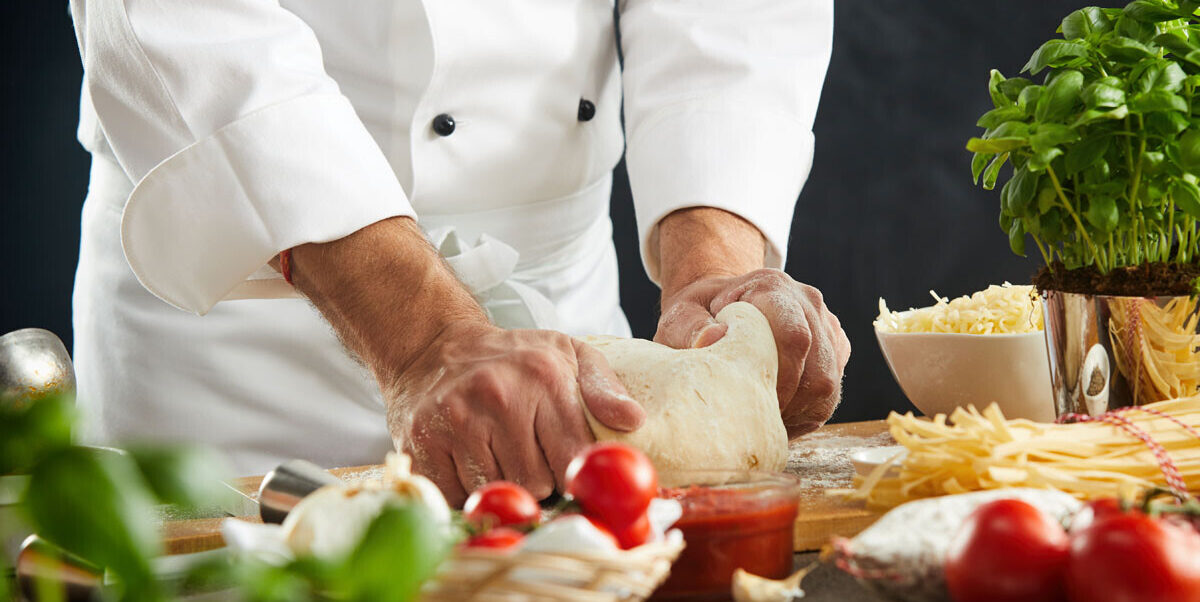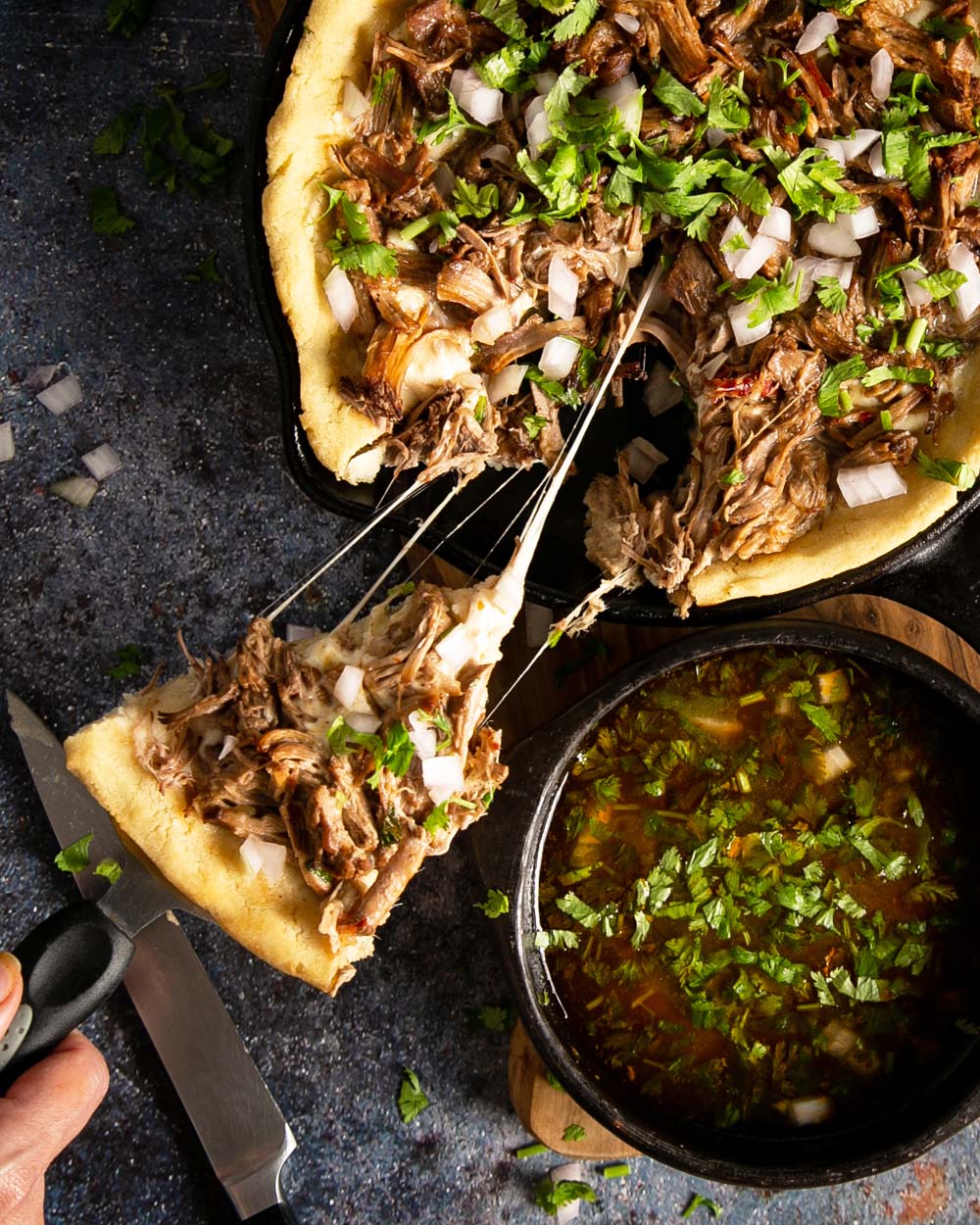“I’m in love, I’m in a relationship with my pizza”. Exclaimed Liz Gilbert, the character portrayed by Julia Roberts in the motion Picture “Eat, Pray Love”. As she devoured a delicious slice of pizza. Even though the quote came from a movie it’s not very far from the truth. Many people love pizza and consider it their favorite food. A recent statistic shows that more than 41% of Americans consume pizza every week. And one in eight of all Americans are eating pizza on any given day. Now thats a lot of pizza dough.

Pizza Obsession
So, what’s our obsessive love affair with pizza all about? We think we figured it out. It’s just so easy to love pizza. Plus it’s inexpensive and accessible in every neighborhood across America. Pizza is easy to order for delivery or make it yourself at home. Compared to other foods, pizza is uncomplicated and easy to consume! You can conveniently eat it on-the-fly, in your car, or on your way to class.

You can find pizza just about anywhere. A corner store in your neighborhood or on the menu at a upscale restaurant or eatery. It’s everywhere.
Pizza has a social aspect too. It’s extremely sharable and usually enjoyed amongst a group of people in a social situation. Splitting a pizza makes a great first date. It’s also one of the most economical ways to feed a family. Let’s face it, pizza is the ultimate people pleaser and satisfies all of us.
Pizza Dough For Beginners
Are you new to making pizza at home? Maybe you’re building on existing skills. Check out some of the best pizza tips and elevate your pizza making game. You’ll dazzle your friends and family with tasty pizza.
Practice is Key. Pizza making is just like any other skill set, practice makes perfect. Dough techniques like proofing, rolling, and stretching doesn’t come natural for most people. Just work at it. Don’t be afraid to make mistakes in the kitchen and more importantly learn from them.
It may take you several attempts to roll out a perfect thin crust pizza to an exact pie shape. Don’t quit! Sooner or later muscle memory kicks in and you’ll be able to feel the dough as you work with it. Your hands will tell you when you’ve reached the exact thinness. Those dough techniques will improve, and you’ll be rolling like a pizza making master.
Always Use a Scale
Making pizza dough from scratch can be a little trickier than other elements of a pizza. It involves basic bread making skills, which can be tricky. Your pizza doughs success depends on exact measurements of flour, yeast, water, salt, and olive oil. Inaccurate measurements can destroy the yeast or over hydrate the dough.
A food scale is your most important tool in the dough making process. It’s an exact method to measure ingredients. If you’re unfamiliar with the concept of weight versus volume, then research the subject. Weighing with a scale is more accurate and creates the perfect dough, which create the perfect pizza.
Flour is extremely light in weight, which makes it easily compressible. If 10 people are making the same pizza dough there will always be varied result in measurements. Everyone scoops differently, and the flour settles differently each time. Use a scale and measure the flour in grams (weight), not cups (volume). You won’t have inaccuracies because 384 grams will never vary, it’s exact.
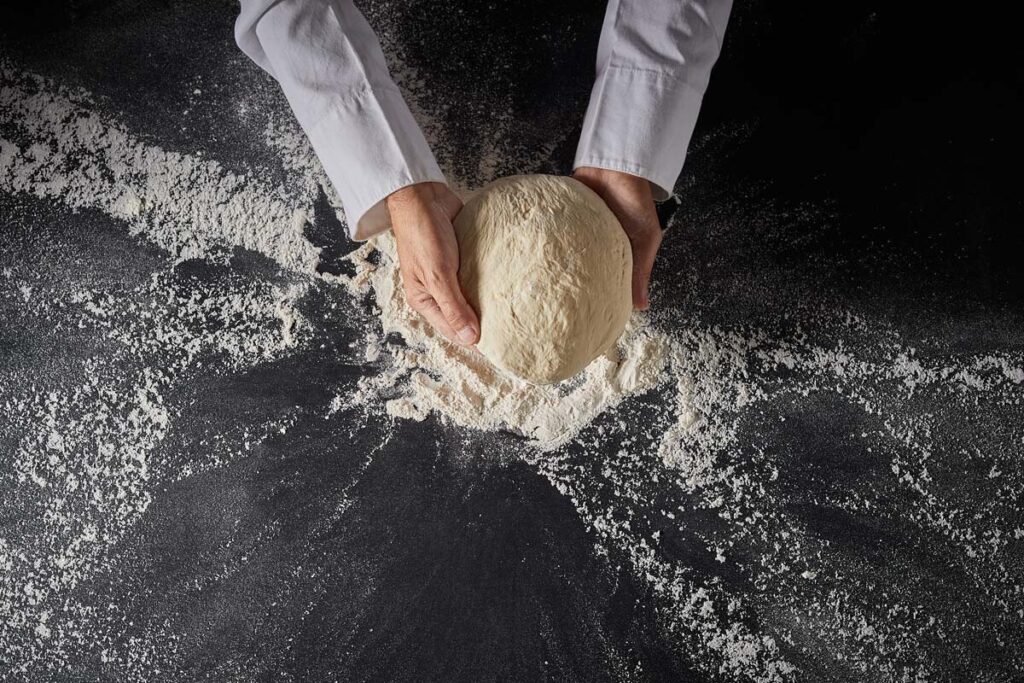
Flour for Pizza Dough
There are a variety of flours on the market for pizza making. Maybe you’ve graduated from using AP flour and want a more refined or chewier taste. Switching to a high protein bread flour may give you completely different results. It may also work better with the gourmet topping you’ve chosen. Don’t be afraid to experiment with different flours.
Feedback is a great way to learn about new flavors and it’s the quickest way to make something better. Always test your newly created recipes on your family and friends.

Study the Styles
It’s time to be a pizza geek and study the various styles of pizza around the world. Knowing the difference between each pizza variety will only make you a better pizza maker. You should definitely know the difference between New York and Chicago style pizza.
Neapolitan, Sicilian, and Roman style pizza all come from Italy, but do you know what sets them apart from one another? Knowing the little nuances in each style of pizza will make you a true pizza connoisseur. Plus this will help you when it comes time to invent new topping combinations and flavors.
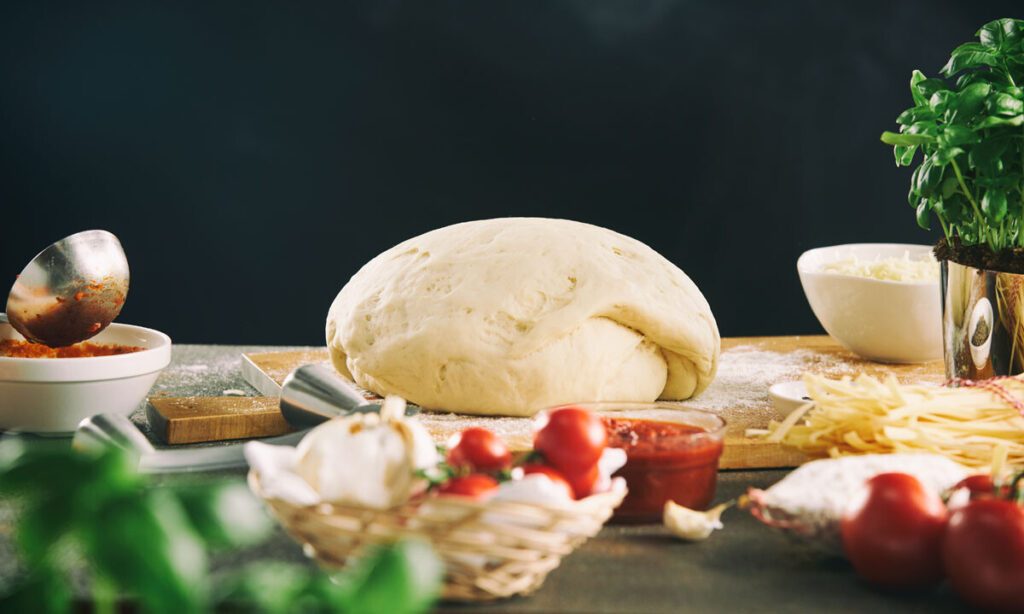
Pizza Dough Basics First
Fancy mixers and kitchen equipment are always good to have on hand, but pizza has been around long before the modern machine. Before you invest in a dough proofing machine, portable wood fired oven or an expensive stand mixer, try keeping it simple and learn the basics.
Kneading the dough by hand takes longer and requires elbow grease. But in the end you’ll understand the stages of dough from proofing to forming gluten during the kneading process. There’s something magic that happens when you use your hands. You can feel the dough take shape and progress through the stages.
Once you know how it feels and the basic movements of pizza making its time to invest in those pizza making toys. Maybe an Ooni perforated peel. Or perhaps the luxurious Ooni Karu 16 pizza oven. Whatever lengths you go to make amazing pizza, just remember to have fun.

Push the Boundaries
Once you’ve learned the basics like dough making, kneading, and stretching techniques, it’s time to have some fun. Be creative with the toppings and experiment with different cheeses and ingredients. You might just stumble upon the next big sensation in pizza.
Try using a different pizza sauce instead of the traditional tomato sauce that’s found on most pizzas. You’ll put a twist on things and redefine what pizza should taste like. From unique herbs to seasonal vegetables, mother nature offers endless flavor profiles to choose from. Think outside the box and see if you can come up with new and flavorful ingredients to top your pizza with.
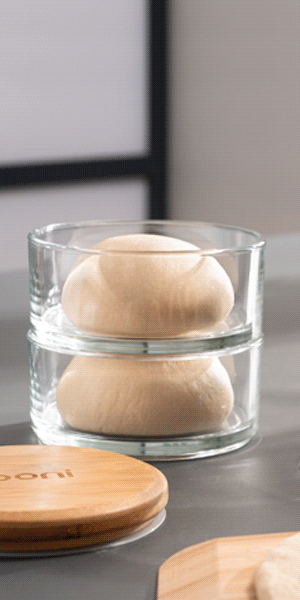
Pizza Dough FAQ
How come my pizza dough did not rise?
Professional chefs and bread makers call this process proofing, which is the science behind bread making. Letting dough sit in an ideal temperature activates the yeast and allows the dough to expand.
If your pizza dough does not rise to the occasion, it could be any of the following issues:
- The yeast is dead or old and did not activate.
- It’s possible too much salt was added to the yeast.
- The water you used to activate the yeast was too hot. Ideally you want the water to be no hotter than 98 degrees.
- A cold room can also slow down the proofing process. Place the dough in a warm room when proofing your pizza dough.
Why is my pizza dough shrinking?
- The dough did not proof long enough. Allow it to proof longer so the gluten relaxes and it expands.
- Inaccurate measuring. Always weigh your ingredients instead of using a measuring cup. Its more accurate.
- Check your flour. It may have a higher protein content and it’s creating too much gluten. Which does not allow for dough expansion.
Which pizza dough equipment should I invest in?
If you’re serious about making pizza dough, invest in a few pieces of equipment to get you started. A good food scale is essential because being accurate with your ingredients makes a perfect pizza dough. And get a nice rolling pin and large dough board to work with. This will help get that pizza into a nice shape before tossing
More Pizza FAQ
What accessories do I need to make pizza?
What accessories do I need to make pizza?
Purchase a sturdy sheet pan because you can invert it and use the flat bottom to cook your pizza in the oven. It creates crispy and delicious crust. Pick up a pizza peel to move it to and from the oven. And a pizza stone if you want those crispy crusts. You’ll be pushing out world-class pizzas in no time at all.
What temperature should I bake my pizza at?
Preheat the oven to 500 degrees and begin preparing the ingredients and working with the dough. Bake for about 3 minutes or until the edges of the crust puffed slightly. Rotate the pizza pie 90 degrees and crank the oven up to broil and cook for another 3 to 6 minutes.
Is there a specific sauce should I use for my pizza?
If you are new at making pizza and still learning the ropes just go with a simple tomato sauce. Mix it with some salt and basil and your all set. Its basic and delicious. After you have a few pizza pies under your belt, experiment with other sauces or tweak a basic tomato sauce recipe.
Final Thoughts
Making pizza at home can be a little difficult if you haven’t done it before. It’s not rocket science, but common beginner mistakes can pop up and change your pizza making plans for the worse. Don’t give up. Just practice to achieve the perfect pizza dough. Good luck!


